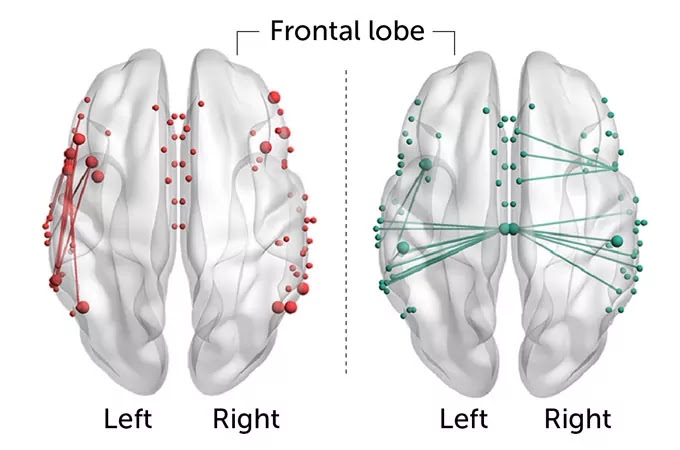How Language Shapes the Wiring of Our Brain
Our brains are complex organs that control our thoughts, actions, and behaviors. They are made up of billions of neurons that work together to create our conscious experience. But did you know that the language we speak can shape the way our brain is wired? In this article, we will explore how our native language influences the structure of our brain, based on recent studies.
Mapping the Complete Wiring of the Insect Brain
The insect brain is a fascinating area of study for neuroscientists, as it is much smaller than the human brain, but still has the capacity to perform complex behaviors. Recently, a team of researchers at the National Institutes of Health (NIH) in the United States has created a complete wiring map of the fruit fly brain, which contains 25,000 neurons. The map revealed a surprising degree of organization, with distinct groups of neurons connecting to specific areas of the brain. This level of detail provides valuable insights into how even the smallest brains are wired and how they process information.
Also Read:- Overwatch 2: Exciting News and Controversies Surrounding the Upcoming Game
- Google’s AI Tools to Combat Extreme Heat
The Connection Between Language and Brain Wiring
When we learn a language, our brains undergo changes in their structure and function. A recent study published in Science News found that native language has a significant impact on the way the brain processes sound. The study found that people who speak tonal languages, such as Mandarin, use different parts of the brain to process pitch than people who speak non-tonal languages, such as English. This suggests that the structure of the brain is shaped by the language we learn to speak.
The Most Detailed Map of Mouse Brain
In a recent study published in New Scientist, researchers at the Allen Institute for Brain Science in the United States have created the most detailed map of the mouse brain to date. The map contains information about more than 5,200 different types of cells, providing a detailed understanding of the connections between neurons. The researchers believe that this map will provide valuable insights into how the mouse brain works and how it can be used to study neurological disorders in humans.
The Impact of Native Language on Brain Development
Another recent study, published in Live Science, found that the native language we speak can shape the wiring of our brain. The study examined the brains of bilingual people and found that their brain wiring was different depending on which language they learned first. The researchers believe that this is because the brain is constantly adapting to new experiences, including learning a new language. This suggests that the way we learn and use language can have a lasting impact on the structure of our brain.
So, our native language has a significant impact on the way our brain is wired. Recent studies have shown that even the smallest brains, such as those of insects, have distinct patterns of connectivity that allow them to perform complex behaviors. Additionally, studies have found that the structure of the brain is shaped by the language we learn to speak, and that even bilingual people have different brain wiring depending on which language they learned first. These findings provide valuable insights into the relationship between language and brain development, and could have important implications for language learning and cognitive therapy.
Read More:- Moto G Stylus 5G 2023: What We Know So Far
- IKEA and Little Sun Launch Sammanlankad: Exploring Light Sources Powered by the Sun
That's it for this article.
Thanks for Visiting Us – fixyanet.com



0 Comments